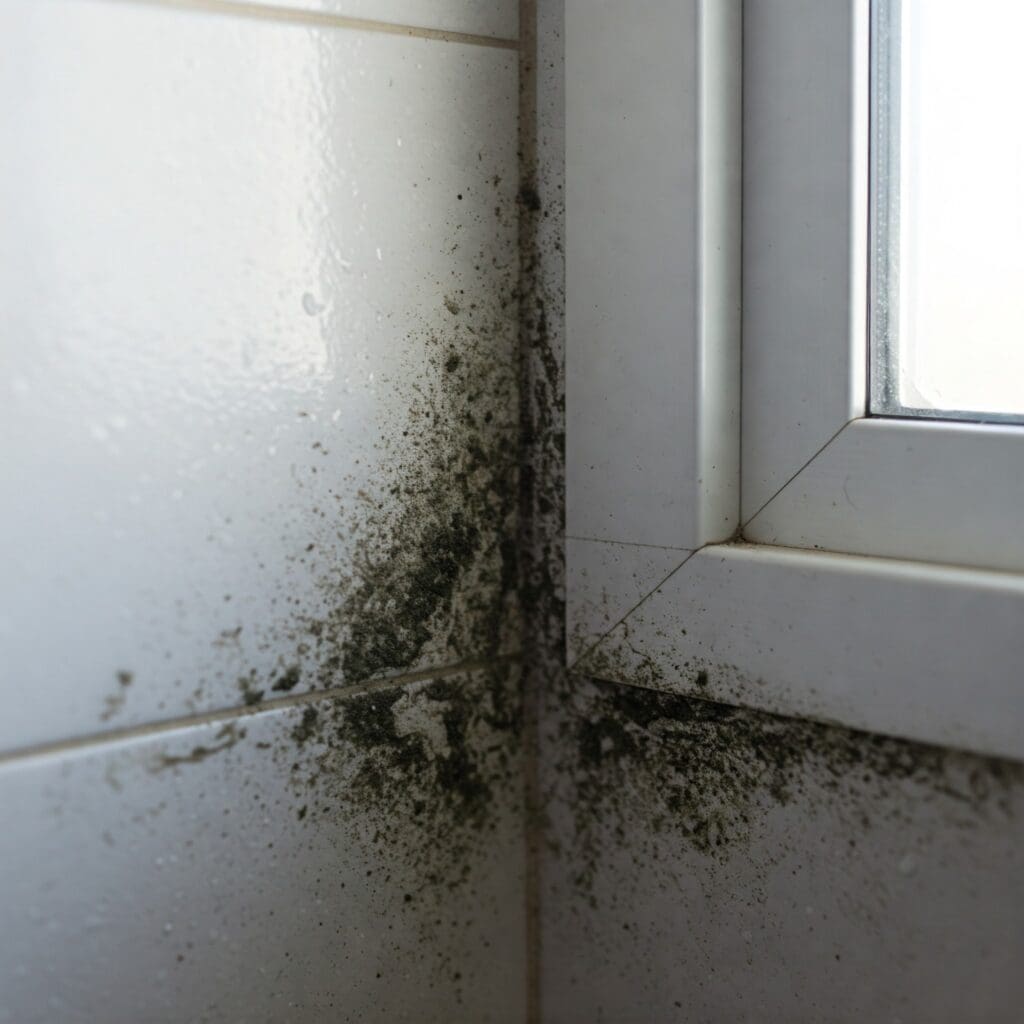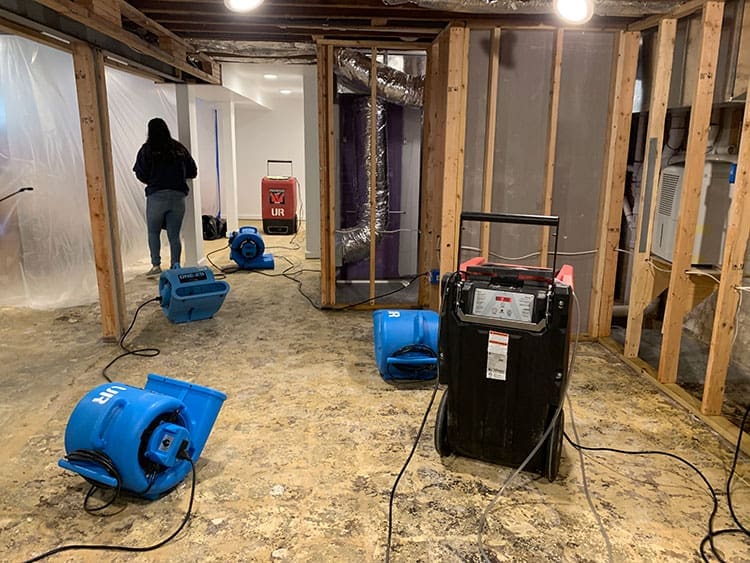Bathrooms, with their constant moisture and humidity, are breeding grounds for mold. While some mold is relatively harmless, other types can be detrimental to your health and home's structure. Ignoring a mold problem can lead to costly repairs and potential health issues. This guide will help you identify potential mold issues in your bathroom, understand the risks, and take steps to address them.
Step 1: Understand the Enemy – What is Bathroom Mold?
Mold is a type of fungus that thrives in damp, warm environments. It reproduces by releasing tiny spores into the air. These spores can land on surfaces and, given the right conditions (moisture, a food source like soap scum or drywall), they will grow. Bathrooms provide the perfect conditions.
- Common Types of Bathroom Mold: While there are thousands of mold species, some are more common in bathrooms than others. These include:
- Mildew: Often appears as a powdery, white or gray substance. It's typically a surface mold and easier to clean.
Step 2: The Hunt Begins – How to Find Mold in Your Bathroom
Mold can be sneaky, hiding in places you might not expect. Here's a systematic approach to finding it:
- Follow Your Nose: A musty, earthy odor is a strong indicator of mold, even if you can't see it. If you smell something off, start your search.
- Shower and Tub: Check grout, caulk, shower curtains, showerheads, and drain areas. Look for discoloration, staining, or fuzzy growth. (Image: Close-up of slightly moldy grout or caulk.)
- Behind Access Panels: If you have access panels to plumbing, check behind them.
Step 3: Identifying the Threat – Is it Mold or Just Dirt?
Sometimes, what looks like mold is just dirt or soap scum. Here are a few ways to tell the difference:
- The Bleach Test: Dip a cotton swab in diluted bleach (1 part bleach to 16 parts water) and dab it on the suspected area. If the spot lightens or disappears after a few minutes, it's likely mildew or mold. Dirt won't react to bleach.
Step 4: Addressing the Issue – Bathroom Mold Removal
Your approach to mold removal depends on the size and severity of the problem:
- Small Areas (Less than 10 square feet) – DIY Cleaning: For small, surface-level mold (like mildew on grout), you can often handle it yourself.
- Wear Protection: Use gloves, eye protection, and an N95 respirator mask to avoid inhaling spores.
Step 5: Preventing Future Mold Growth
Once you've dealt with the current mold issue, take steps to prevent it from coming back:
- Control Humidity: Use your exhaust fan during and after showers and baths. Consider a dehumidifier if your bathroom is particularly humid.
Mold Remediation Cost: What to Expect
The mold remediation cost can vary widely depending on the extent of the damage, the location of the mold, and the materials affected. Small, surface-level mold removal might cost a few hundred dollars, while extensive remediation involving drywall removal and reconstruction can cost several thousand. It's best to get a professional assessment to determine the exact cost. A reputable company will provide a detailed estimate before starting any work.
Conclusion: Don't Ignore the Signs
Mold in your bathroom is more than just an unsightly problem; it's a potential health and safety hazard. By following this step-by-step guide, you can identify and address mold issues early on. Remember, if you're dealing with a large area of mold, toxic mold in the bathroom, or have any concerns, don't hesitate to contact a professional mold remediation service like Upper Restoration. Early intervention is key to protecting your home and your health.




